Unleashing the impact of Generative AI: How Generative AI is Redefining Industries!
Artificial Intelligence (AI) is a buzzword that’s been making waves in recent years. One fascinating aspect of AI that’s gaining traction these days is Generative AI. If you’re new to the world of AI or have just dipped your toes in it, let’s dive into the captivating realm of Generative AI, exploring its growth, impact of Generative AI, and its relationship with Data Science and Machine Learning.
Understanding Generative AI
Generative AI might sound complex, but it’s pretty intuitive when broken down. Think of it as an assistant who can create something you need, like painting an entirely original masterpiece following your instruction, writing an article on a topic you chose, drafting an email following the intent etc. As you have to clearly communicate to your assistant what you want and the profile of the intended consumer of the content, similarly, you have to tell the same to Generative AI.
Generative AI models are designed to generate content similar to what they’ve learned from existing data. This content can range from images and music to text and even realistic human-like conversations. It is powered by large language models (LLMs) that can learn the patterns and relationships in a dataset of human-created content.
The Growth of Generative AI
Over the past few years, Generative AI has seen remarkable growth, thanks to advancements in technology and AI research. Early on, basic generative models like autoencoders and Markov models laid the foundation.
However, the real game-changer arrived with the development of Generative Adversarial Networks (GANs) by Ian Goodfellow and his team. GANs consist of two parts: a generator and a discriminator, essentially sparking a creative duel. The generator creates content while the discriminator critiques it. This tug-of-war forces the generator to improve its output continuously.
Impact of Generative AI
Generative AI involves a wide range of applications in a variety of industries, which include:
- Text generation
- Image generation
- Music generation
- Video generation
- Game development
- Product design
- Marketing
- Education
- Healthcare
- Finance
Text generation
Generative AI can be used to generate text for a variety of purposes, such as creating marketing copy, writing news articles, or generating creative content. For example, the GPT-3 language model can generate text that is indistinguishable from human-written text.
- GPT-3 is a Large Language Model (LLM) chatbot developed by OpenAI. It is trained on Terabytes of dataset of text and code ranging across various domains. It can generate text based on your intent, translate languages, answer your questions in an informative way and write different kinds of creative content.
- GPT-3 has been used to generate various creative content such as emails, letters, poems, code, scripts, musical pieces, etc. It has also been used to generate marketing copy, write news articles, and even translate languages.
- GPT-3.5 is a development on top of GPT-3 which further evolved to GPT-4 with enhanced capability to code.
Image generation
You can use Generative AI to generate images, such as realistic portraits, landscapes, or even imaginary creatures. For example, the DALL-E 2 image generation model can create images from text descriptions.
- OpenAI has developed an image generation model, DALL-E 2, which is trained on a massive dataset of images and text and can generate images from text descriptions. For example, you can give DALL-E 2 the text description “a cat riding a unicycle on a beach”, and it will generate an image of a cat riding a unicycle on a beach.
- It has been used to generate a variety of realistic and creative images. It has been used to generate images for marketing campaigns, create art, and even generate pictures for educational purposes.
Music generation
Generative AI can surprise you with its potential to generate music, such as melodies, harmonies, and beats. For example, the Magenta music generation project has created tools to generate music in various styles.
- Magenta is a research project from Google AI focused on developing new ways to create music with AI. The project has created several tools and applications that can be used to generate music, including the Magenta Studio. This web-based tool allows users to create music by dragging and dropping musical elements.
- Magenta has been used to generate a variety of music, including classical, jazz, and pop. It has also been used to create music for films and video games.
Video generation
Generative AI can generate videos, such as short films, commercials, or even virtual reality experiences. For example, the NVIDIA StyleGAN video generation model can create videos that are indistinguishable from real-world footage.
- StyleGAN is a video generation model developed by NVIDIA. It is trained on a massive dataset of images and videos and can generate videos indistinguishable from real-world footage. For example, StyleGAN has been used to generate videos of people who do not exist, and it has also been used to create videos of animals that have been extinct for centuries.
- StyleGAN has the potential to be used to create a variety of new and innovative video experiences. It could be used to create realistic and immersive virtual reality experiences, or it could be used to create new forms of art and entertainment.
Game development
Generative AI plays a pivotal role in crafting realistic visuals and animations that plunge gamers into immersive virtual landscapes. For example, the OpenAI Five Dota 2 team is using generative AI to develop strategies and tactics for playing the game.
Product design
Generative AI can be used to design products, such as generating new product ideas, optimizing product designs, or even creating personalized products for individual customers. For example, the Autodesk Generative Design software can use generative AI to design products that are both functional and aesthetically pleasing.
Marketing
Generative AI can also help you in marketing by creating marketing materials, such as generating ad copy, designing social media posts, or even creating chatbots that can interact with customers. For example, the Google Marketing Platform uses generative AI to create personalized ad campaigns.
Education
You can take the help of Generative AI to create personalized learning experiences for students, which is essential nowadays. This can be done by generating customized lesson plans, exercises, and assessments based on each student’s needs and learning style.
For example, the Carnegie Learning AI21 project uses generative AI to create personalized learning experiences for students.
Healthcare
In healthcare, Generative AI aids medical image analysis, enabling physicians to pinpoint anomalies and make precise diagnoses. Think of it as consulting a highly adept AI medical expert. It helps develop new drugs, diagnose diseases, or even create personalized treatments. For example, the DeepMind AlphaFold protein folding project uses generative AI to predict the structure of proteins, which could lead to the development of new drugs.
Finance
Generative AI has a high potential to impact the financial market as it can be used to analyze financial data much faster, predict market trends, or even create trading algorithms. For example, the Goldman Sachs AI Trading Group uses generative AI to develop trading algorithms. These algorithms can automatically trade stocks and other financial instruments.
Wrap Up
These are just a few of the many applications of generative AI. With the continuous development of Artificial Intelligence based models, we can expect to see even more innovative and creative applications of generative AI in upcoming years.
If you are interested in learning more about generative AI, there are a number of resources available online and in libraries. Also, I will write more articles in this blog related to various aspects of Generative AI, which can give you more insights. You can also find several generative AI tools and applications that you can use to experiment with the technology.



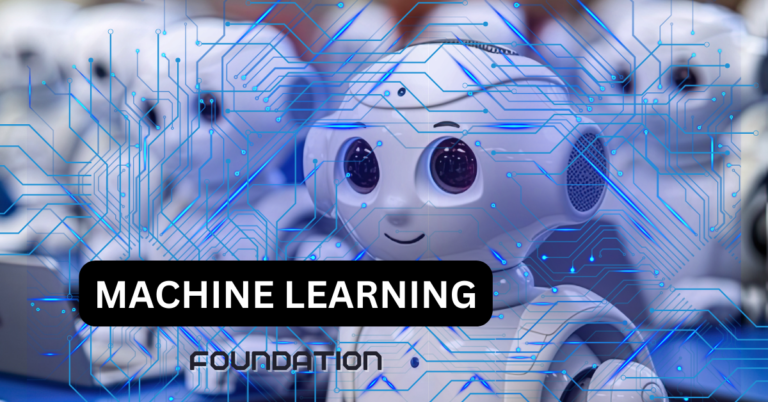
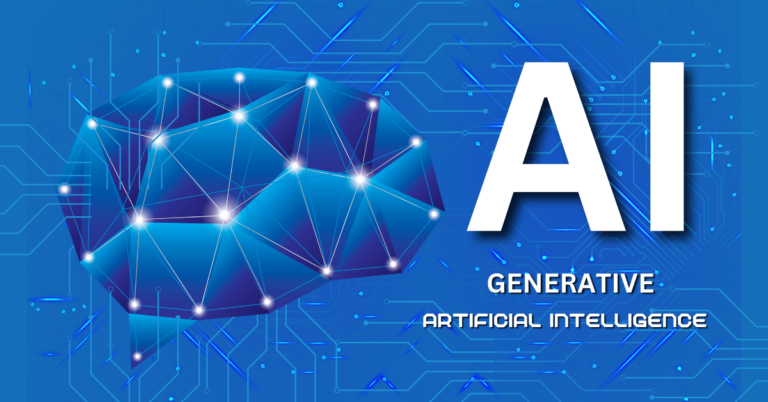
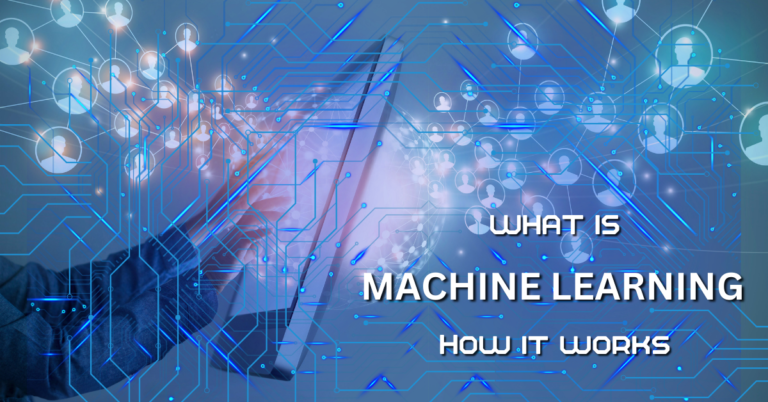
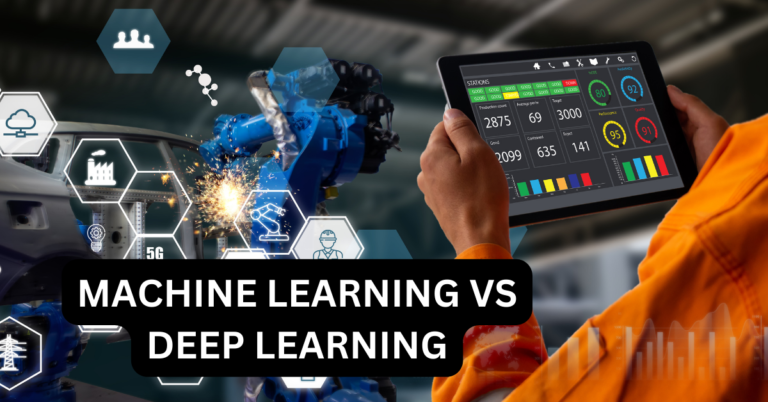
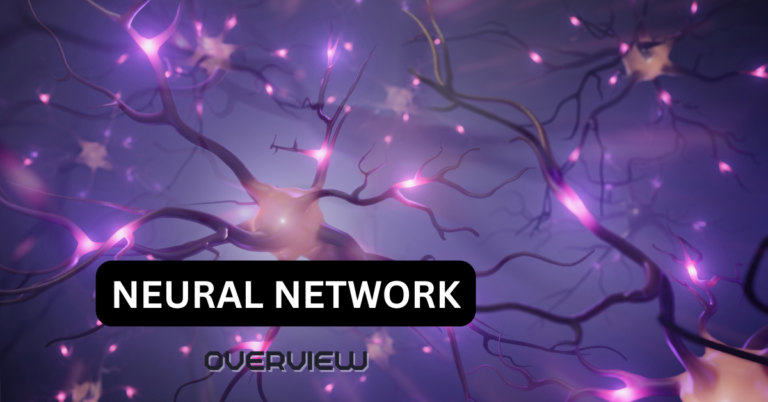
One Comment